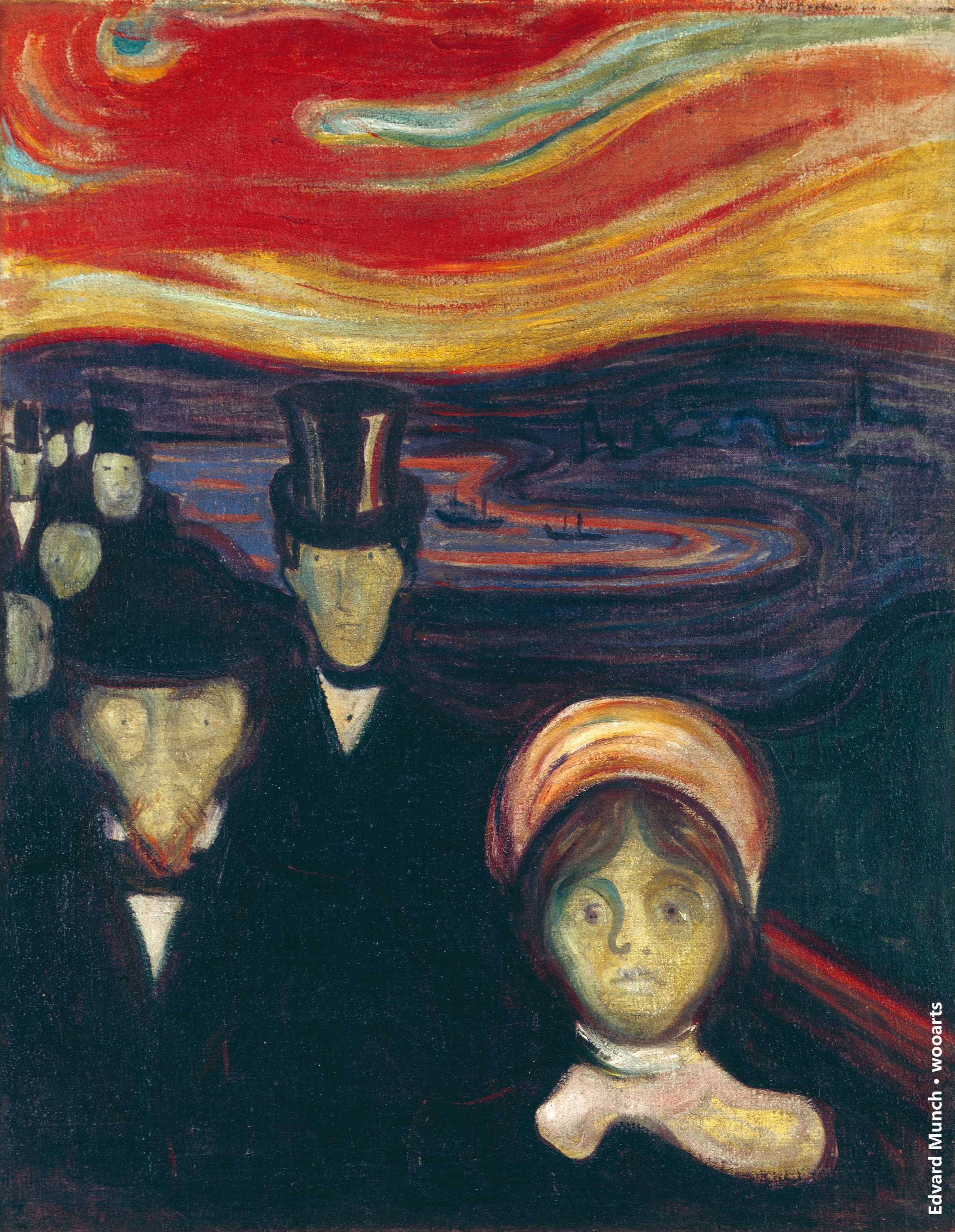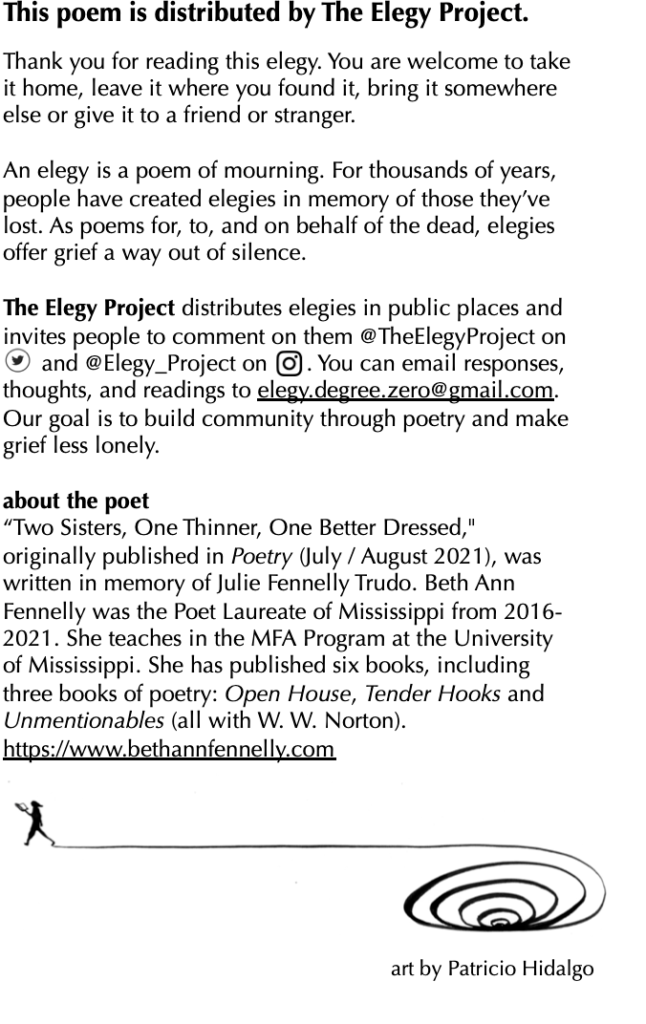Edvard Munch, a cornerstone of the Modernist movement, is best known for his captivating exploration of emotional and psychological themes through his artwork. His iconic piece, “Two Human Beings (The Lonely Ones),” epitomizes Munch’s skill in expressing complex feelings of solitude and connection, making it a highlight of the ongoing Munch exhibition at the Harvard Art Museums. Over a prolific career that spanned more than sixty years, Munch’s artistic techniques evolved while he repeatedly revisited his motifs, offering fresh perspectives on loneliness in art. The profound isolation depicted in Munch’s work resonates with viewers, inviting them to reflect on the nature of companionship amidst solitude. Through the lens of Munch’s innovative artistry, this exhibition aims to reveal new insights into the intricate relationship between his figures and their surroundings.
The artistic legacy of Edvard Munch continues to inspire and captivate audiences, particularly through his rendition of human relationships against stark emotional backdrops. Known for his adeptness in printmaking and painting, Munch’s exploration of motifs like ‘The Lonely Ones’ provides a profound commentary on the interplay of togetherness and isolation. This month, a focused look at Munch’s work at the Harvard Art Museums presents an opportunity to examine how his unique artistic techniques have depicted themes of existence and emotional depth over time. The exhibition invites viewers to reconsider the surface of his creations, understanding how each work serves as a canvas for deeper contemplation on human connection. Munch’s relevance in contemporary discussions of loneliness and companionship continues to be felt today, cementing his place as an essential figure in understanding the emotional landscape of art.
Exploring Edvard Munch’s ‘Two Human Beings’
Edvard Munch’s ‘Two Human Beings (The Lonely Ones)’ serves as a profound exploration of human emotions and relationships through art. The painting, created between 1906 and 1908, revisits a theme he had been captivated by for decades. The representation of a man and woman positioned on the shore symbolizes the tension between connection and isolation that Munch often portrayed in his work. Through this lens, Munch seems to express that even in proximity to another person, loneliness can exist, a motif that resonates deeply in today’s fast-paced, digitally connected world.
In this iconic piece, the figures stand side by side yet remain distinct entities, hinting at their individual emotional landscapes. Munch’s iconic use of color and form further amplifies the dichotomy between shared space and personal isolation. The brushwork shifts between meticulous detail and an unfinished quality, suggesting the fluid nature of relationships and the struggle of individuals to truly connect despite being physically close. Each iteration of ‘Two Human Beings’ reveals Munch’s ongoing dialogue with this complex theme, capturing the nuanced emotions that arise in all human interactions.
Munch’s approach to this motif over a span of 40 years reveals his continual exploration of emotional themes and artistic techniques. His ability to adapt his style—fluctuating between defined brush strokes and more spontaneous, expressive applications—shows how he wrestled with the complexities of the human condition. By integrating various mediums, such as prints and paintings, Munch created a diverse body of work that embodies his artistry and serves to deepen our understanding of existential themes. This technique not only showcases his versatility but emphasizes the layers of meaning found in his choice to revisit ‘Two Human Beings’ again and again.
This ongoing evolution reflects Munch’s recognition of the shifting perceptions of relationships, loneliness, and companionship. Throughout the years, he managed to depict intertwined themes of devotion and existential solitude, allowing viewers to approach the artwork from multiple perspectives. The seemingly contradictory emotions embodied by the figures continue to intrigue audiences, making Munch’s work relevant and relatable, especially in our modern context.
Artistic Techniques in Munch’s Work
Munch’s artistic techniques reveal a deep engagement with the nature of expression and emotion. He utilized unconventional methods that blurred the lines between traditional painting and printmaking. For instance, his use of vivid colors and bold strokes creates a dynamic relationship between the forms within ‘Two Human Beings,’ engaging the viewer in a visceral examination of the scene. This exploration into the human experience is primarily supported by the non-uniform application of paint, which allows parts of the canvas to remain exposed. This stark contrast evokes a feeling of rawness, reflecting the internal conflicts that Munch aimed to portray.
In his manipulation of both color and texture, Munch invites viewers to consider the emotional landscape behind the figures. The way he layered colors or allowed certain elements to remain unfinished enhances the sense of emotional depth and tension. This technique is especially apparent in the variations of his prints, where different color schemes and applications create distinct feelings attached to the same motif. By creating artworks that evoke different reactions based on subtle differences, Munch ruptures the concept of a single interpretation, demonstrating the multifaceted nature of human emotions.
The Motivation Behind Munch’s Repetitions
Munch’s continuous return to the theme of ‘Two Human Beings’ reflects a deep-seated investigation into human relationships and emotional states. His obsession with this motif reveals an eagerness to explore how our perceptions of companionship can change over time. Rather than simply replicating a favorite subject, Munch’s revisions represent a journey through evolving artistic techniques and personal understanding. Each artwork stands not merely as a static image but as a dynamic reflection of his thoughts on loneliness, connection, and the essence of belonging.
The motif allows Munch to investigate not just the feelings of isolation but also the connections that exist between individuals, thus broadening the narrative surrounding the figures. Instead of diminishing the uniqueness of the images, Munch’s many interpretations speak to his desire to engage in an ongoing conversation about the complexities of human emotions. The act of revisiting a singular theme over several decades not only indicates Munch’s artistic dedication but also illustrates the shifting attitudes toward love, companionship, and solitude in the context of art history.
Understanding Loneliness Through Munch’s Art
Loneliness is a predominant theme in Edvard Munch’s canon, encapsulated compellingly in ‘Two Human Beings.’ At a glance, the painting appears to depict two individuals sharing a moment at the shoreline; however, the emotional distance between them raises questions about the nature of human connections. Munch’s ability to invoke a sense of isolation even in a shared space emphasizes the profound complexities of loneliness. This interpretation aligns with contemporary reflections on how people navigated their emotions, highlighting that relationships can exist within environments filled with disconnect.
Munch’s artistic choices amplify feelings of solitude; the figures facing away from each other enhance their emotional estrangement despite being metaphorically close. This layered representation encourages viewers to explore the nuances of companionship and isolation, resonating with many as the tension between social interactions and personal solitude becomes increasingly relevant in today’s society. Munch’s handling of loneliness invites a universal understanding, reminding us that such feelings are often part of the human experience, and can spark conversations around empathy and connection.
The Role of the Harvard Art Museums in Exhibiting Munch’s Work
The Harvard Art Museums play a critical role in presenting Edvard Munch’s work, serving as a platform for exploring his significant contributions to modern art. The ongoing exhibition ‘Edvard Munch: Technically Speaking’ offers a comprehensive look at his artistic journey, showcasing various iterations of ‘Two Human Beings’ among other remarkable pieces. By providing access to Munch’s extensive body of work, the museum fosters educational discussions about his artistic techniques and the profound themes that permeate his art.
This exhibition aims not just to display Munch’s paintings and prints but also to engage visitors in dialogue about the emotional resonance found in his work. By situating Munch’s creations within a contemporary context, the Harvard Art Museums underscore the importance of understanding the historical and social influences that shaped his art. As one of the largest collections of Munch’s works in the U.S., the museum allows for deeper reflections on subjects like loneliness, love, and artistic innovation, ensuring that Munch’s legacy continues to inspire and resonate with audiences today.
Munch’s Integration of Technique and Emotion in Art
Edvard Munch’s integration of technique and emotion is a defining feature of his work, with ‘Two Human Beings’ serving as a fundamental example. Munch’s deliberate brushwork juxtaposes different painting methods, leading to vibrant compositions filled with depth and feeling. The way he negotiates thick applications of paint with areas left unfinished invites viewers to grasp the emotional nuances embedded within the figures. This tactile engagement with the medium creates a complex interaction that emphasizes not just the storytelling aspect of the piece but also the cathartic journey of the artist.
Munch’s varied techniques illustrate his commitment to expressing the internal landscapes of his subjects. The vision behind the painting, portrayed with expressive flairs and a rich color palette, provides insights into the figures’ psychological states, each stroke echoing the artist’s reflections on human existence. By combining artistic innovation with a deep understanding of emotional psychology, Munch’s approach captures the essence of his subjects and adds a profound layer to interpretations of ‘Two Human Beings,’ ensuring its relevance continues to thrive.
Redefining Loneliness and Connection in Modern Art
Munch’s ‘Two Human Beings’ serves to redefine our understanding of loneliness and connection in the realm of modern art. Rather than presenting isolation as a wholly negative experience, Munch’s work allows for a nuanced conversation about how loneliness can coexist with companionship. This duality invites viewers to reflect on their own experiences of connection, showing that moments of solitude can also foster self-awareness and contemplation. Munch’s artistic exploration encourages a desire to perceive loneliness in a more holistic way—recognizing its complexities and potential for personal growth.
By challenging traditional notions of intimacy and distance, Munch’s portrayal of the figures on the shore reflects a broader commentary on the human experience. His repeated iterations of the work showcase an evolution in how relationships are depicted through art, allowing audiences to engage with the themes of togetherness and separatedness profoundly. This evolving narrative continues to resonate with viewers, affirming that Munch’s exploration of loneliness and connection remains as relevant today as it was in his lifetime, as we navigate our own relationships in a rapidly changing world.
The Legacy of Edvard Munch: An Artistic Vision
The legacy of Edvard Munch is inseparable from his exploration of emotion through art, particularly seen in works like ‘Two Human Beings.’ Munch’s ability to convey complex emotions through a singular motif gives his work an enduring quality, reflecting the struggles and intricacies of the human experience. His innovative approach to art—melding different techniques and styles—ensures that his contributions remain significant in discussions around modern art and emotional expression.
Furthermore, Munch’s influence can be felt across various disciplines, inspiring countless artists who grapple with themes of psychological depth and human connection. By remaining attuned to the emotional zeitgeist, Munch’s work continues to inspire new generations, encouraging them to confront and articulate their own experiences of intimacy, isolation, and the shared human condition. The ongoing exhibitions, such as those hosted by the Harvard Art Museums, play a vital role in preserving and promoting Munch’s visionary understanding, ensuring that his explorations of art remain dynamic and deeply relevant.
Frequently Asked Questions
What is the significance of Edvard Munch’s ‘Two Human Beings’ in art history?
Edvard Munch’s ‘Two Human Beings (The Lonely Ones)’ reflects his enduring exploration of themes like isolation and companionship. The repeated portrayal of a man and woman standing apart, while embracing artistic techniques ranging from soft brushwork to vibrant colors, highlights Munch’s innovative approach. This motif, developed over four decades, is a critical element in understanding Munch’s evolution as an artist and his influence on modern expressionism.
How did the ‘Munch exhibition’ at Harvard Art Museums explore the concept of loneliness in art?
The ‘Munch exhibition’ at Harvard Art Museums delves into Edvard Munch’s obsession with depicting solitude through his work ‘Two Human Beings.’ The exhibition emphasizes how, despite appearing isolated, the figures may signify companionship and contemplation. Curators encourage viewers to consider the emotional ties between the figures and the surrounding landscape, thus challenging traditional interpretations of loneliness in Munch’s art.
What artistic techniques did Edvard Munch employ in ‘Two Human Beings’?
In ‘Two Human Beings,’ Edvard Munch utilized diverse artistic techniques, including dynamic brushstrokes and innovative woodblock print methods. His layering of colors and the deliberate unpainted areas within the canvas create vibrancy and depth, showcasing Munch’s skill in exploring themes of human connection and isolation through varying textures and forms.
Where can I view Edvard Munch’s ‘Two Human Beings’ and other works?
Edvard Munch’s ‘Two Human Beings’ and an extensive collection of his artworks are currently displayed at the Harvard Art Museums. The exhibition ‘Edvard Munch: Technically Speaking’ will be open until July 27, featuring around 70 pieces, allowing visitors to explore the artist’s techniques and thematic preoccupations.
What does the portrayal of figures in ‘Two Human Beings’ reveal about Edvard Munch’s views on relationships?
In ‘Two Human Beings,’ Edvard Munch portrays the man and woman as simultaneously connected yet emotionally distant, representing the complexities of human relationships. His emphasis on isolation amidst proximity invites reflections on intimacy, suggesting that companionship can often coexist with personal loneliness, a recurrent theme in Munch’s oeuvre.
How did Edvard Munch’s approach to imperfections influence his printmaking?
Edvard Munch’s embrace of imperfections in his prints, particularly in ‘Two Human Beings,’ allows for unique variations and creative interpretations. By intentionally incorporating flaws and gaps into his woodblock technique, he challenges the notion of a polished finish, positioning these imperfections as vital aspects of his artistic expression.
What insights can be gained about Edvard Munch from the variations of ‘Two Human Beings’?
The numerous iterations of ‘Two Human Beings’ reveal Edvard Munch’s deep fascination with his subjects as well as his artistic experimentation. Analyzing these variations provides insights into his evolving techniques and emotions, suggesting that his work is not just about loneliness but also about exploration, companionship, and the dynamic nature of human experience.
| Aspect | Details |
|---|---|
| Artist | Edvard Munch (1863-1944) |
| Artwork | Two Human Beings (The Lonely Ones), 1906–8 |
| Technique | Oil on canvas with various printmaking techniques |
| Themes | Isolation, companionship, and contemplation |
| Exhibition | Edvard Munch: Technically Speaking at Harvard Art Museums |
| Timeframe | The motif explored over 40 years with multiple iterations |
| Artistic Approach | Mix of meticulous and spontaneous brushwork, embrace of imperfections |
| Influence | The relationship and positioning of figures in landscape settings |
Summary
Edvard Munch’s exploration of themes through “Two Human Beings (The Lonely Ones)” invites the viewer into a deeper understanding of human connections and isolation. The recurring motif serves as a canvas for Munch’s artistic evolution over decades, showcasing not only his technical prowess but also his emotional and psychological insights into companionship. The numerous iterations challenge the perceptions of loneliness, hinting at a connectivity in the figures that transcends solitude. Munch’s legacy as a pivotal figure in modern art continues to resonate, making his works both timeless and profoundly relevant.



